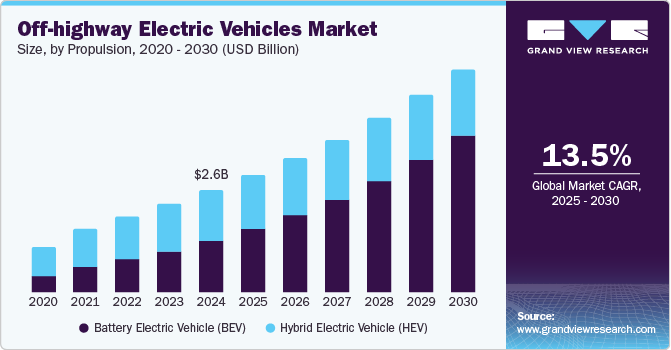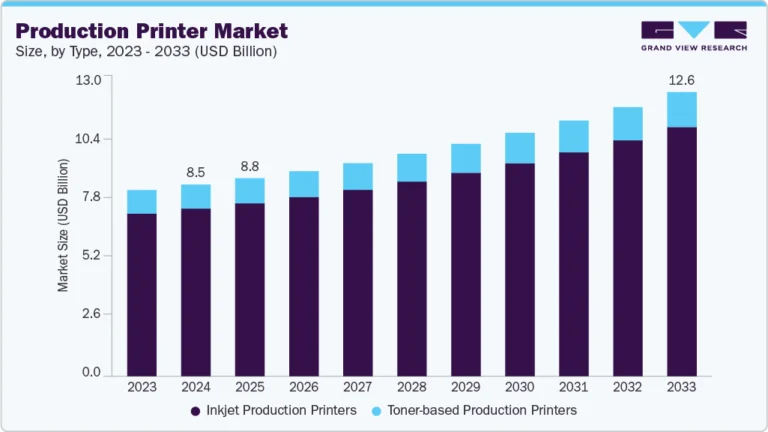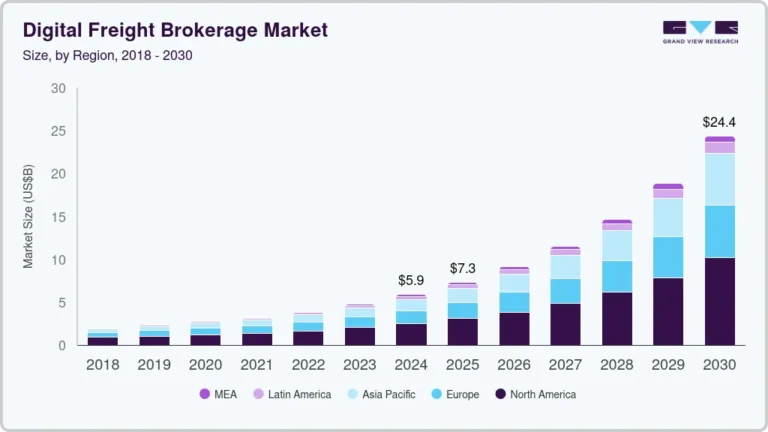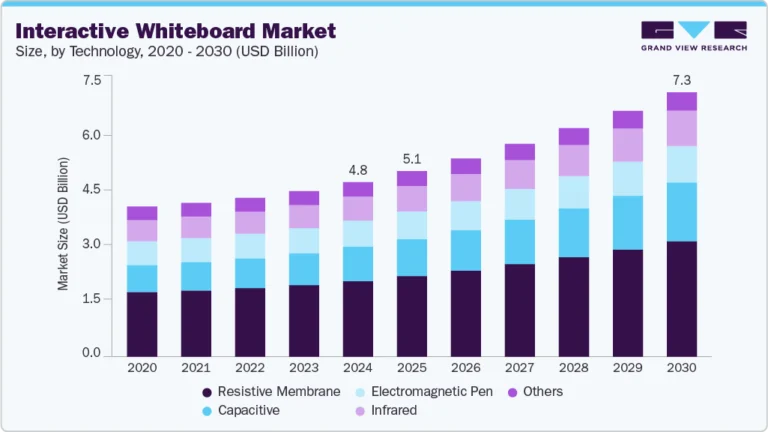Off-highway Electric Vehicles Market Size, Share & Trends Analysis growing at a CAGR of 13.5% from 2025 to 2030

The global off-highway electric vehicles market size was estimated at USD 2.64 billion in 2024 and is projected to reach USD 5.75 billion by 2030, growing at a CAGR of 13.5% from 2025 to 2030. An increasing demand for off-highway electric vehicles in response to higher pollution standards and soaring fuel prices is a major factor behind the growth of the market.
Key Market Trends & Insights
- Europe dominated the off-highway electric vehicles industry in 2024.
- The off-highway electric vehicles market in the UK is expected to grow at significant CAGR from 2025 to 2030.
- By propulsion, the battery electric vehicle (BEV) segment dominated the market in 2024 and accounted for a 50.14% share of the global revenue.
- By battery type, the lead acid battery segment dominated the market in 2024.
- By application, the agriculture segment dominated the market in 2024.
Market Size & Forecast
- 2024 Market Size: USD 2.64 Billion
- 2030 Projected Market Size: USD 5.75 Billion
- CAGR (2025-2030): 13.5%
- Europe: Largest market in 2024
- Asia Pacific: Fastest growing market
Request a free sample copy or view report summary: https://www.grandviewresearch.com/industry-analysis/off-highway-electric-vehicle-market/request/rs1
Innovation, global competition, and new technologies are further driving the off-highway electric vehicle market growth. Furthermore, rapid advancements in battery technology and electric motors and increasing government support in terms of subsidies and incentives for using electric industrial machinery are expected to boost the growth of the market from 2025 to 2030.
The electrification of off-highway heavy-duty vehicles is gaining momentum, offering significant long-term cost savings due to reduced maintenance and lower fuel consumption compared to traditional internal combustion engine vehicles. The electrification of off-highway heavy-duty vehicles can significantly reduce maintenance requirements due to the fewer moving parts and electronic components in electric machines. This results in less wear and tear, minimizing unplanned downtime and associated costs, as well as maintenance costs. This reduction in maintenance needs contributes to lower overall operating costs for machine owners. Thus, increasing electrification of off-highway vehicles owing to its benefits is contributing to the growth of the off-highway electric vehicles industry.
Governments are offering subsidies and tax rebates for off-highway electric vehicles to encourage their adoption. Electric vehicle policies are being formulated by various countries for environmental and sustainability reasons. For instance, the Carl Moyer Memorial Air Quality Standards Attainment Program and California’s Clean Off-Road Equipment Voucher Incentive Project (CORE) are some specific grants that include or focus on off-road equipment. The CORE is a substantial incentive project aimed at encouraging users of off-road equipment in California to either purchase or lease commercially available zero-emission off-road vehicle. This streamlined voucher program provides point-of-sale discounts to offset the higher costs associated with zero-emission technology. Such, government initiatives by various governments are expected to contribute to the market’s growth.






